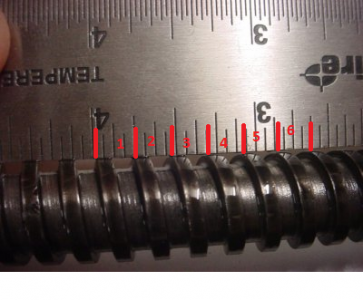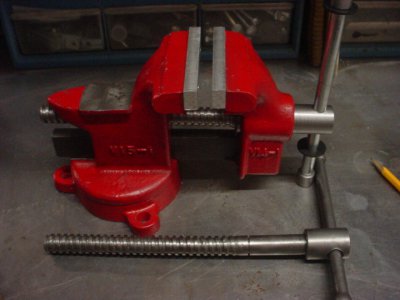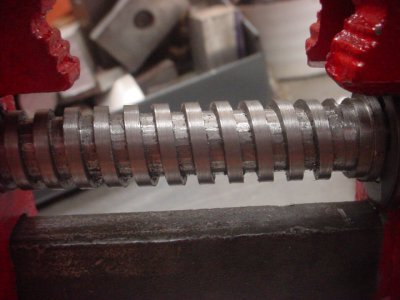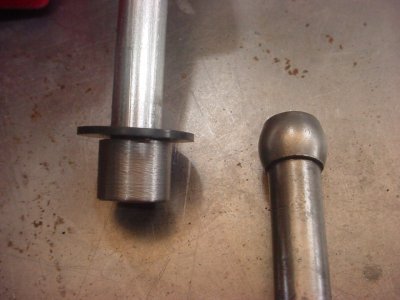- Joined
- Nov 24, 2014
- Messages
- 3,601
Just to muddy the waters a little more:
5.5 TPI = .18182" pitch
4.6mm pitch = .18110" pitch
Very hard to tell apart when measuring a worn part in a hobbyist environment.
Measure very carefully.
5.5 TPI = .18182" pitch
4.6mm pitch = .18110" pitch
Very hard to tell apart when measuring a worn part in a hobbyist environment.
Measure very carefully.




